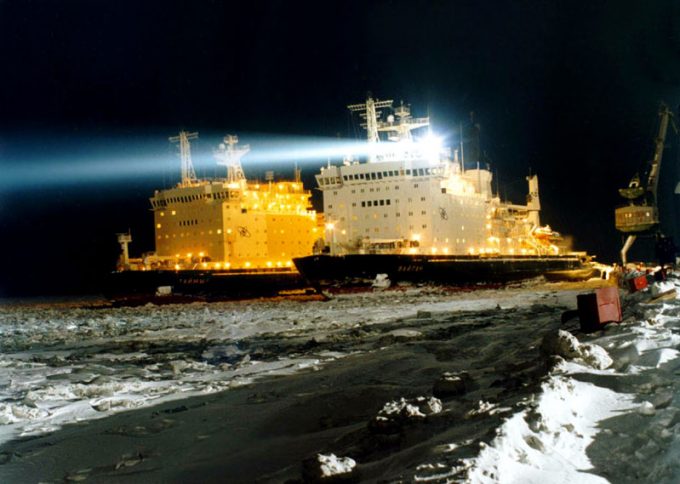Multiple factors return Rotterdam to top of Europe's box chart
Factors: congestion, omissions and land side

This month it was revealed that transit traffic on the Northern Sea Route (NSR) – the trans-Arctic shipping lane that runs from Norway’s northernmost reaches to Russia’s Pacific coast and Asia – had increased 66% from January to November, year on year.
However, 15 icebound vessels ...

Comment on this article